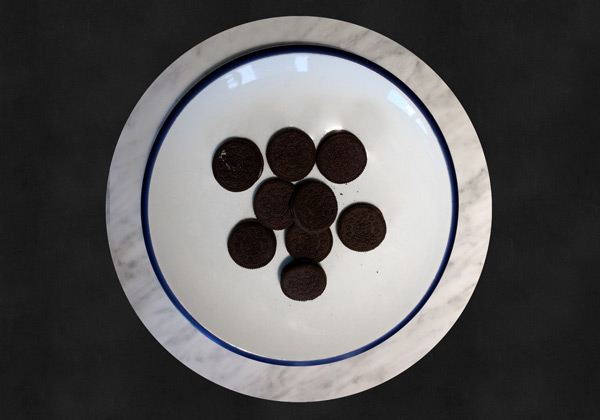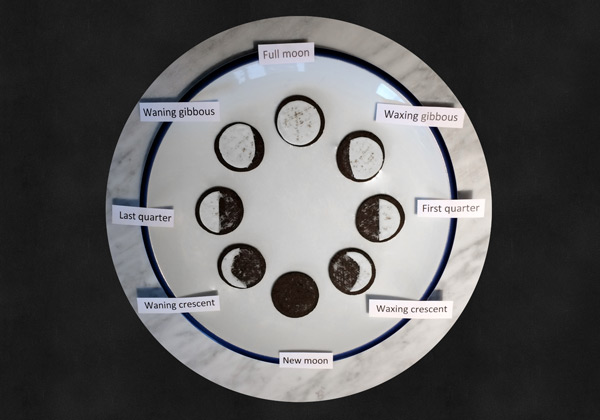Articles
Learning about the moon
We recently celebrated Matariki, where we sang the Matariki waiata with our tamariki, and learnt the names of the seven Matariki stars:
Waitī, Waitā, Waipunarangi,
Tupu-ā-nuku, Tupu-ā-rangi, Ururangi e
Koinei ngā tamariki o Matariki
(These are the children of Matariki)
Ngā whetū e pīataata i te rangi e
(The bright stars that shine in the sky)
Ngā whetū e pīataata i te rangi e
(The bright stars that shine in the sky)
All the talk, and singing about the stars lead the conversation to outer space, and the moon. We had a bit of fun recreating the phases of the moon using Oreo cookies.

As the moon rotates around the Earth, we see different fractions of the sunlit half, or hemisphere, of the Moon. These different fractions are known as the phases of the Moon, or lunar phases.
The Moon changes from a thin crescent to a full moon and back again to a crescent in one lunar month (29 days).
The Oreos helped us see all the different phases of the moon on a plate. As we were able to move them around and touch them, we were able to create a lunar month. Follow the phases in an anticlockwise direction (the opposite way from how the hands of a clock move).

Here are some of our favourite facts about the moon:
- Only twelve people have ever set foot on the moon
- There is no water, air or life on the moon
- The moon is much smaller than the Earth – it could fit into Earth 4 times!
